Winter may be beautiful in its own right, but after enough time in the brutal cold, it’s natural to think of a balmy day in the tropics. So, if you’re looking for a vacation from winter’s cold grip—dominated by gray skies, naked trees, and frozen-over flowers. Your nearest indoor green area is the perfect cure for the seasonal blues. Across America, gorgeous greenhouses (also known as conservatories) are filled with lush and exotic plants, serving as tourist attractions and community meeting spaces for residents. These tranquil and often extravagant retreats are in full bloom all year, with vivid colors, rich greenery, and tropical plants to elevate your spirits instantly. This article will help you find the US top 10 coolest indoor green areas and botanical gardens.
A large number of Victorian-style conservatories in the United States date back to the late nineteenth century. This is located in public parks, ranging from the Phipps Conservatory in Pittsburgh to the Conservatory of Flowers in San Francisco. Exhibits. The range is from delicate flowers to towering cacti, and most sites include year-round activities, courses, and seasonal flower exhibits.
So, whether you want to escape the winter chill, connect with nature. Or simply snap some photographs against a stunning backdrop. These lush indoor green areas will leave you feeling rejuvenated and transported to a faraway tropical sanctuary.
1. Phipps Conservatory | Pittsburgh, Pennsylvania
The Victorian-era Phipps Conservatory in Pittsburgh, which opened in 1893. It is massive—you might spend the whole day exploring the glass-enclosed complex. Which has 14 unique rooms displaying horticulture from all over the world. The Palm Court’s entry is majestic, with lofty glass peaks and luxuriant plant life interrupted by Dale Chihuly’s glass creations. Home to one of the world’s oldest “flower shows,” no trip here is the same since curators constantly change exhibits and create activities all year long.
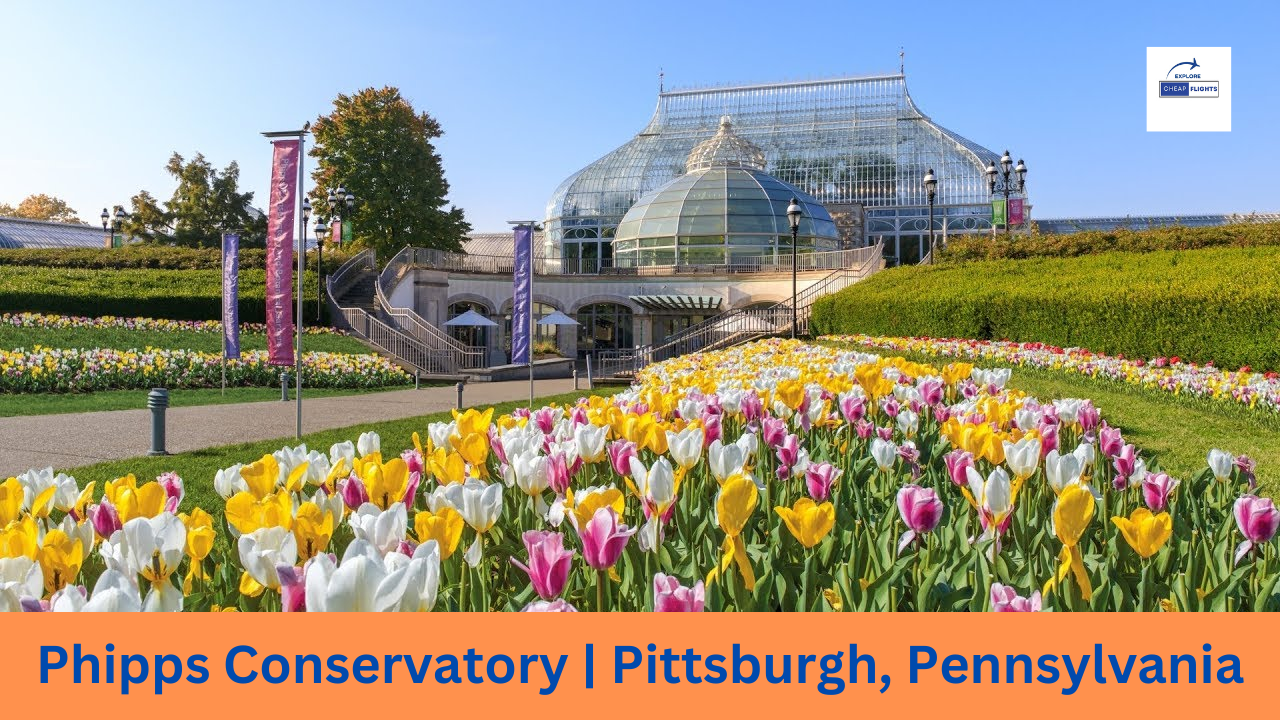
During the “Garden Railroad” show in the fall and winter, children applaud as miniature trains wound their way among the plants. In the spring, travelers go to the Butterfly Forest to witness the insects emerge from their chrysalises. A self-guided tour lasts around 90 minutes. But you’ll want to linger as you explore chambers inspired by Japanese courtyards, immaculately groomed French gardens, and exotic rainforests.
2. Conservatory of Flowers, San Francisco, CA
San Francisco has many gardens in Golden Gate Park but a foreign display building constructed in 1879 is known as the Conservatory of Flowers. The structure is a neo-Victorian style wood and glass oldest public conservatory in North America with a floor area of 12500 sq. ft. Which has a housing over 2000 plant and flower species(Collection includes many rare and endangered species).
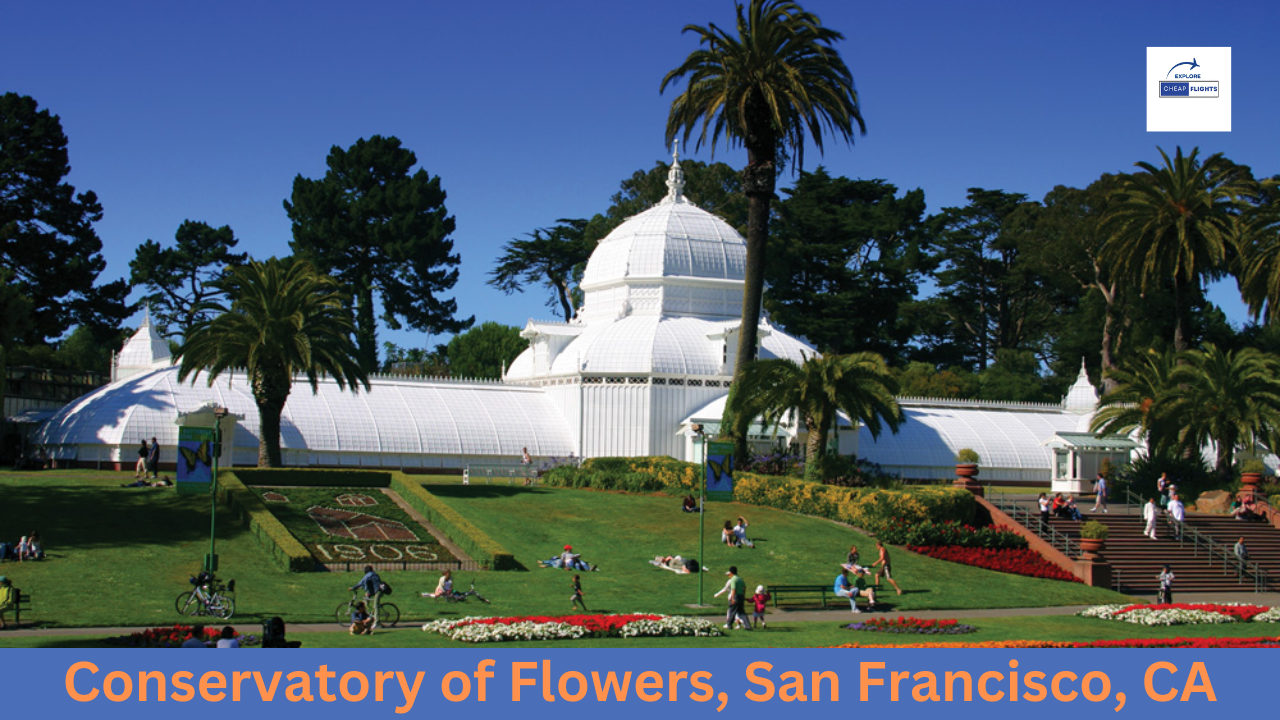
Scarlet, the corpse flower (also known as Titan Arum), is one of its most entertaining and unique features. This plant, endemic to Indonesia, has the biggest leaves of any plant species, reaching heights of up to 15 feet. It emits a very strong stench when it blooms, which occurs once every three to five years. When it does, visitors come from all over to see (and smell) what happens.
3. Conservatory at the United States Botanical Garden | Washington, D.C
In the late 18th Century, A man by the name of George Washington, perhaps the first president of America had planned to create a botanical garden in America’s capital and had even written a letter to Congress endorsing the idea. The United States Botanical Garden did not open until 1850, and in 1933, the Architect of the Capitol built the iconic Lord & Burnham Conservatory.
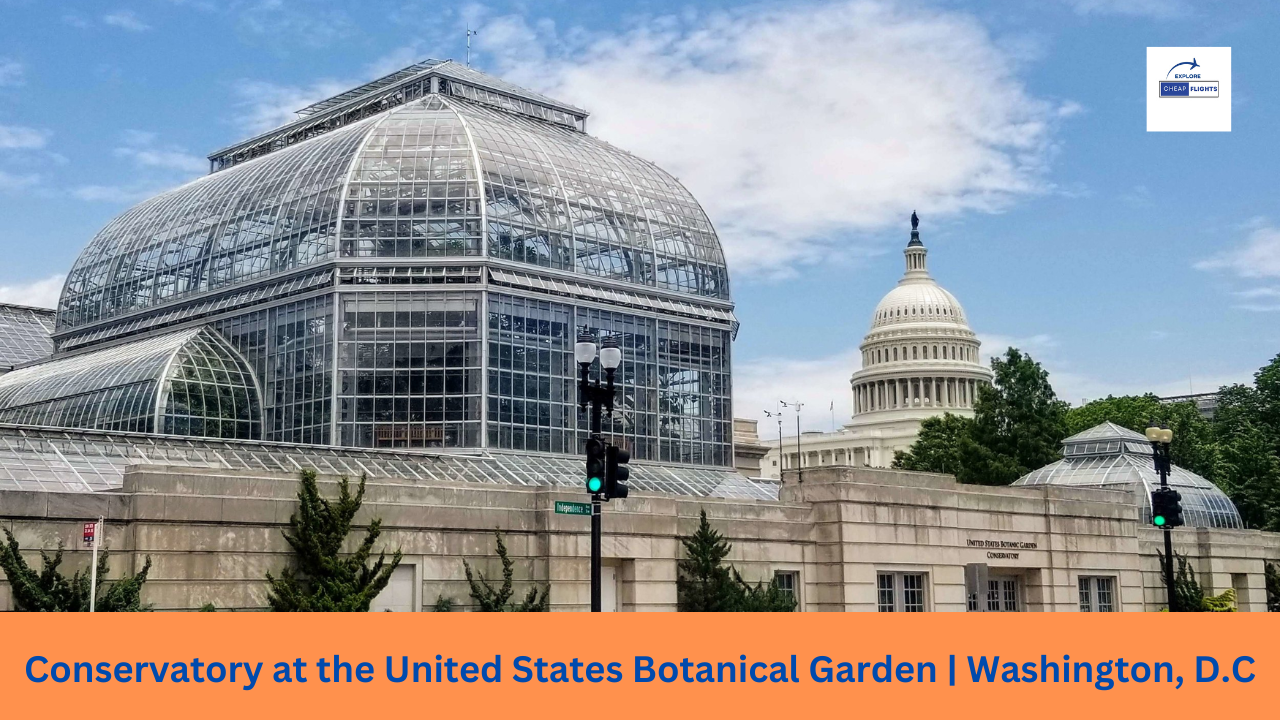
The greenhouse has two courtyard gardens and ten garden rooms under glass, totaling over 28,000 square feet of growing space. Rooms include displays showcasing towering tropical forests. A prehistoric garden (flowering plants from 150 million years ago), Hawaiian flora, global deserts, orchids, and a children’s garden.
4. Garfield Park Conservatory | Chicago, Illinois
Most of the year, Chicago isn’t particularly green. Fortunately, the Windy City offers an indoor green sanctuary where residents and tourists can experience “a taste of the tropics under glass,” with hundreds of plant species spread across eight indoor display gardens—with tropical temperatures to match.
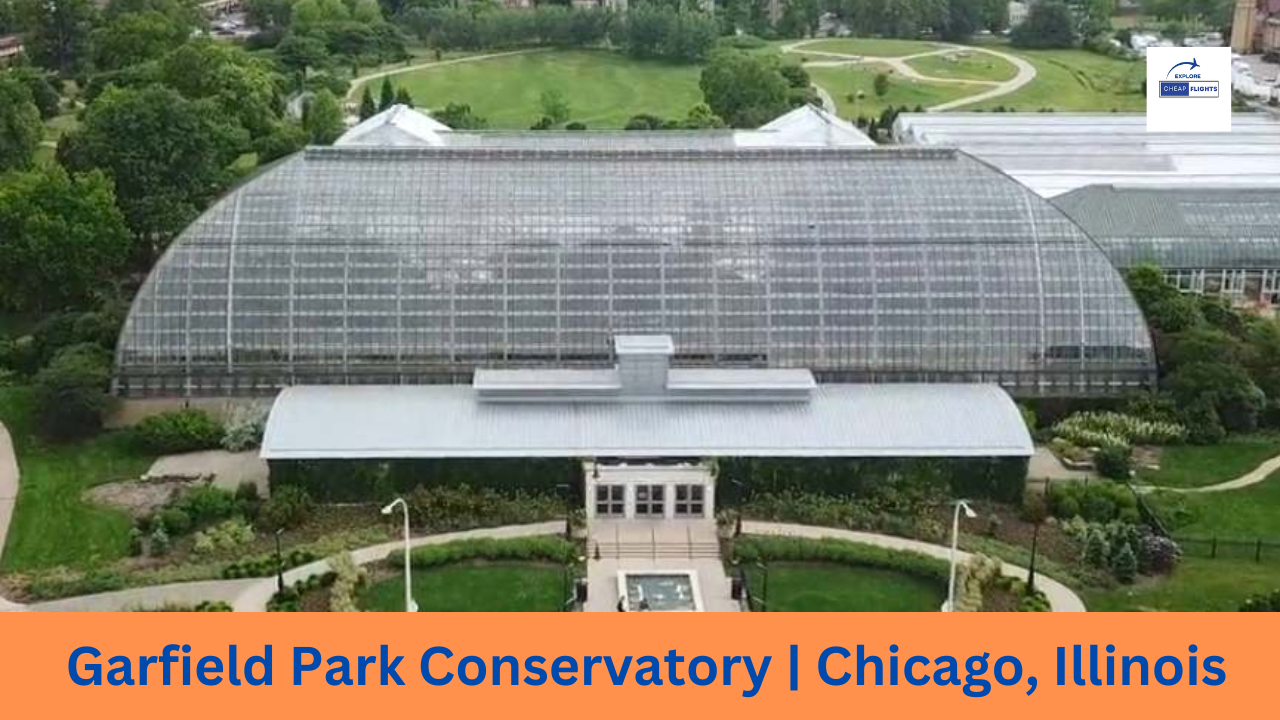
During the year, many activities are held at the Garfield Park Conservatory for example yoga in the garden, botanizing classes, cultural shows, and practical classes. It is still free though one is required to book the seat in advance.
5. Climatron in the Missouri Botanical Garden in St. Louis, Missouri
It is named Climatron and it is located in Missouri Botanical Garden in St. Louis; constructed for public use in 1960, the Climatron is in blunt contrast to the Victorian style of a typical conservatory because of its business-like and sleek look. This has also been distinguished as the first geodesic dome that was employed as a conservatory. It was the first greenhouse that was an air conditioner globally.
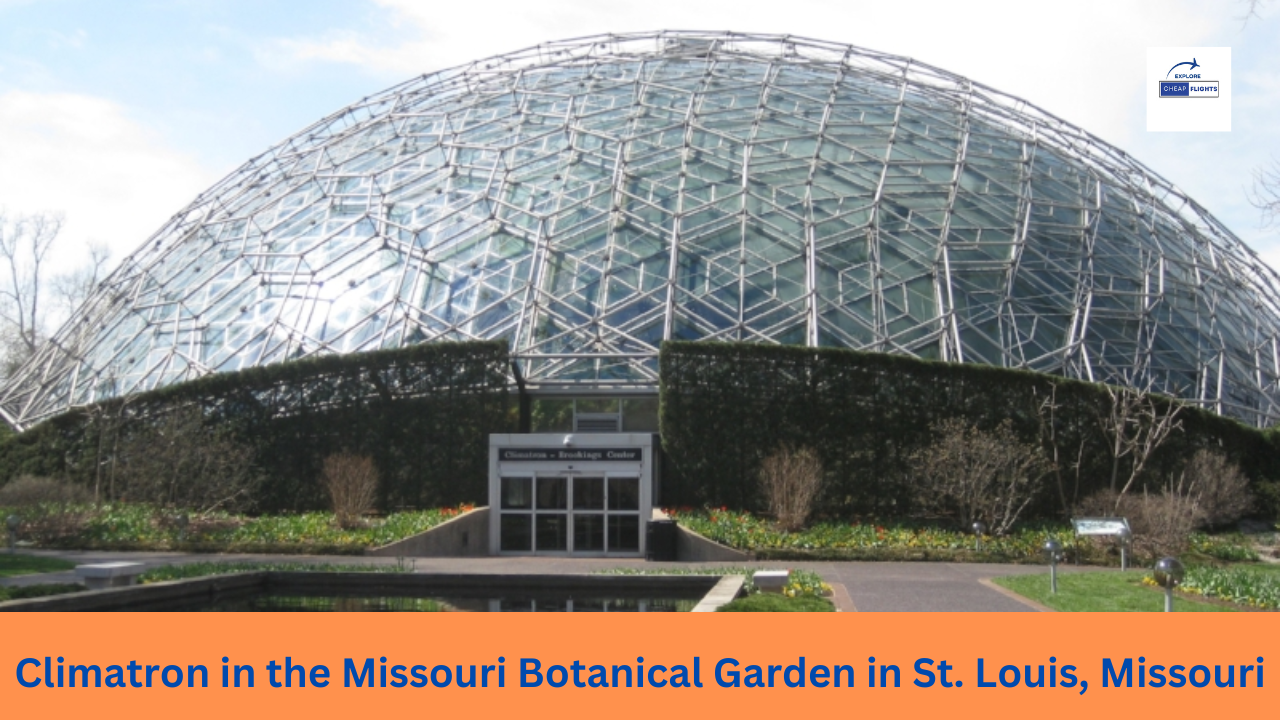
The design received the 1961 Reynolds Award for architectural excellence in an aluminum building—because the 70-foot-high tower has no internal support, the more than 2,800 plant varieties within have greater light and room. In addition to the vegetation, visitors may observe waterfalls, a viewing bridge, and a river aquarium stocked with exotic species.
6. Franklin Park Conservatory | Columbus, Ohio
Built during the City Beautiful movement, which saw many American towns beautify themselves, Columbus, Ohio unveiled the Franklin Park Conservatory in 1895, which included the John F. Wolfe Palm House, a Victorian-style glass greenhouse. Since then, the conservatory has been a popular tourist destination in Columbus.
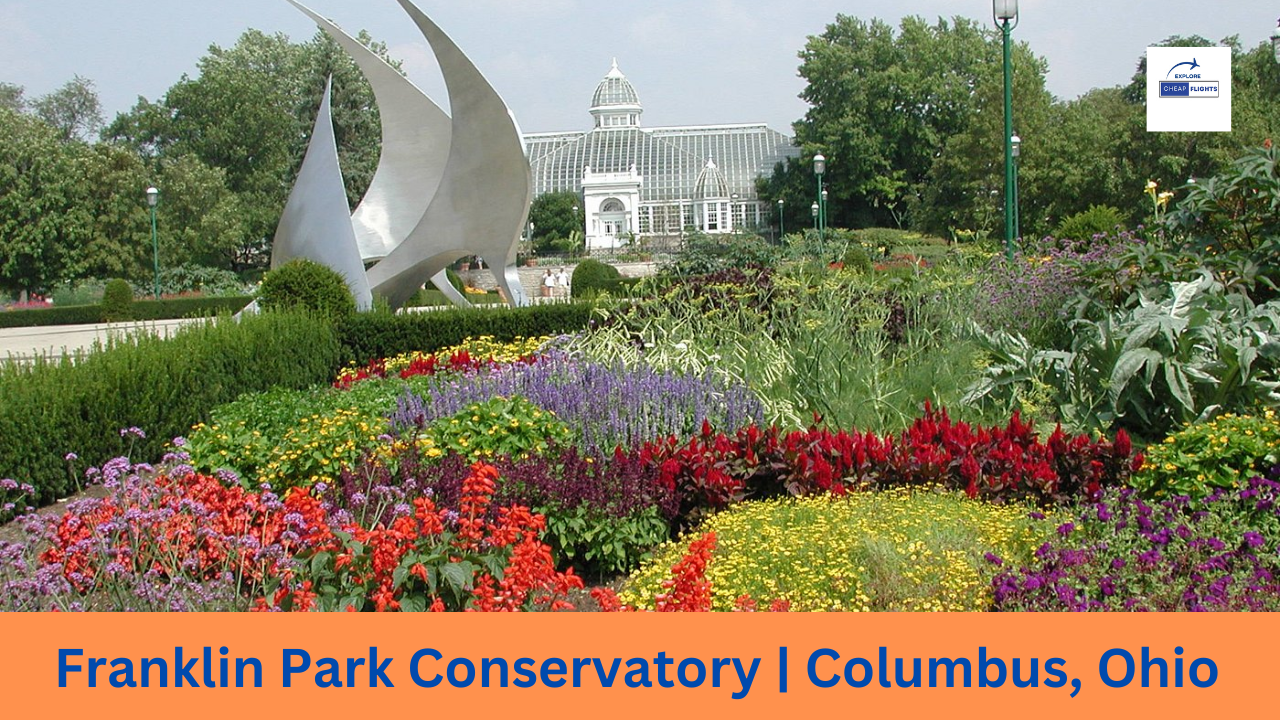
Programming is available all year, including Blooms & Butterflies, which launched in 1994 as the nation’s first seasonal butterfly exhibit. Other activities include Christmas presentations, art lessons, and gastronomic events.
7. Volunteer Park Conservatory | Seattle, Washington
The Volunteer Park Conservatory built in 1921 is located in Volunteer Park, an area of fifty acres in Seattle Capitol Hill. Where there are lily pods, an amphitheater, the Seattle Asian Art Museum, and a historic water tower.
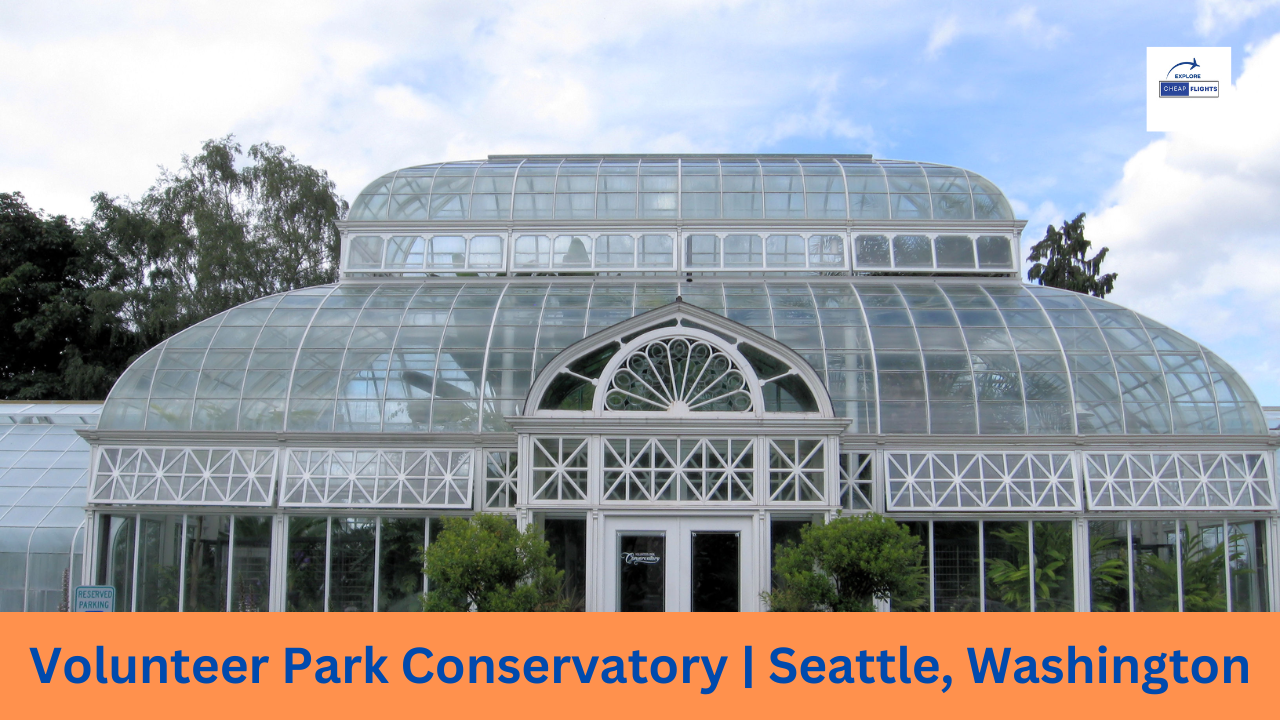
The Conservatory, however, is the pièce de résistance. Made up of five buildings with unique offers. You may explore the rainforest, the desert, a cactus garden, and much more. While traversing twisting paths and admiring gushing waterfalls.
8. Enid A. Haupt Conservatory, Bronx, NY
The Enid A. Haupt Conservatory situated in the Bronx, New York is a famous landmark that was constructed by the Lord & Burnham Company in 1902. The edifice just completed a $18 million repair effort and has reopened in all its grandeur, including a freshly planned and replanted palm collection. Other rooms portray tropical greens, large cacti, sea plants, and many others.
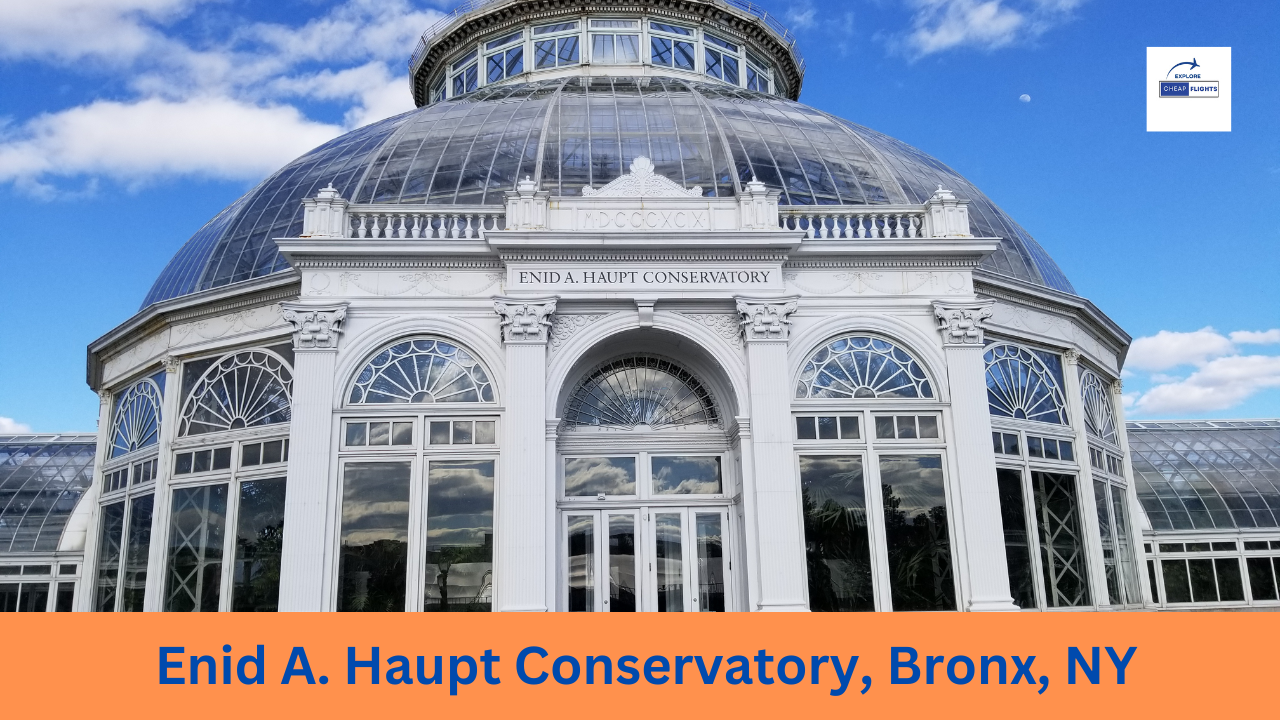
Most of the events held here are unique, but the one that has been held for over 20 years is widely known as The Orchid Show. This year, true to the New York spirit, it will be a fashion show with a mini ramp between thousands of orchids.
9. Marjorie McNeely Conservatory | Saint Paul, Minnesota
The Marjorie McNeely Conservatory, located in Como Park, hosts over 275 weddings each year—and with good cause. The Victorian-style edifice, which opened in 1915, is a beautiful setting with over 260 plant kinds from six continents spread around the center domed palm house and its two adjacent wings.
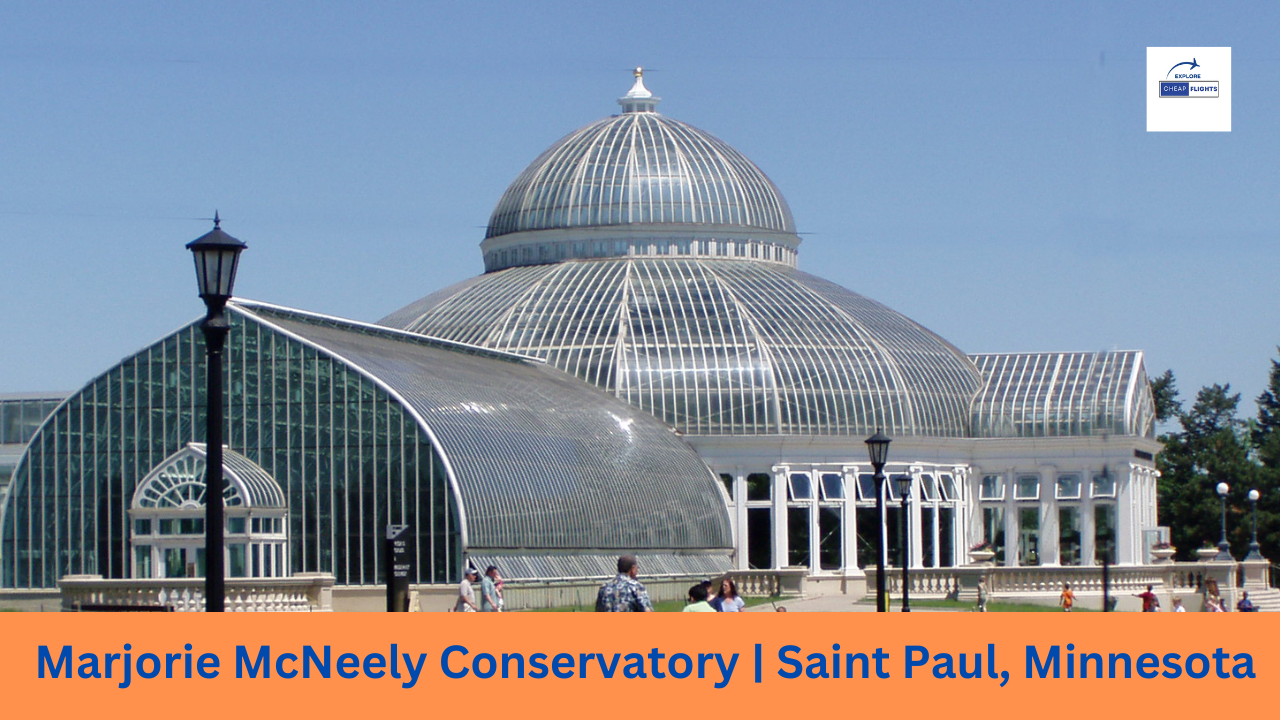
The exhibits include a sunken garden with seasonal floral displays, a medicinal plant section, and a fern room.
10. Isabella Stewart Gardner Museum | Boston, Massachusetts
The Isabella Stewart Gardner Museum was most famed for a raid in 1990 when about three dozen pieces were stolen which up to this present moment remain unrecovered. Each work of art alone is worth hundreds of millions. Compared to the first example, it may be less famous for its titanium cladding, though that is also remarkable. However, the Facade’s other pièce de résistance is the Courtyard Garden hidden behind a stunning glass ceiling.
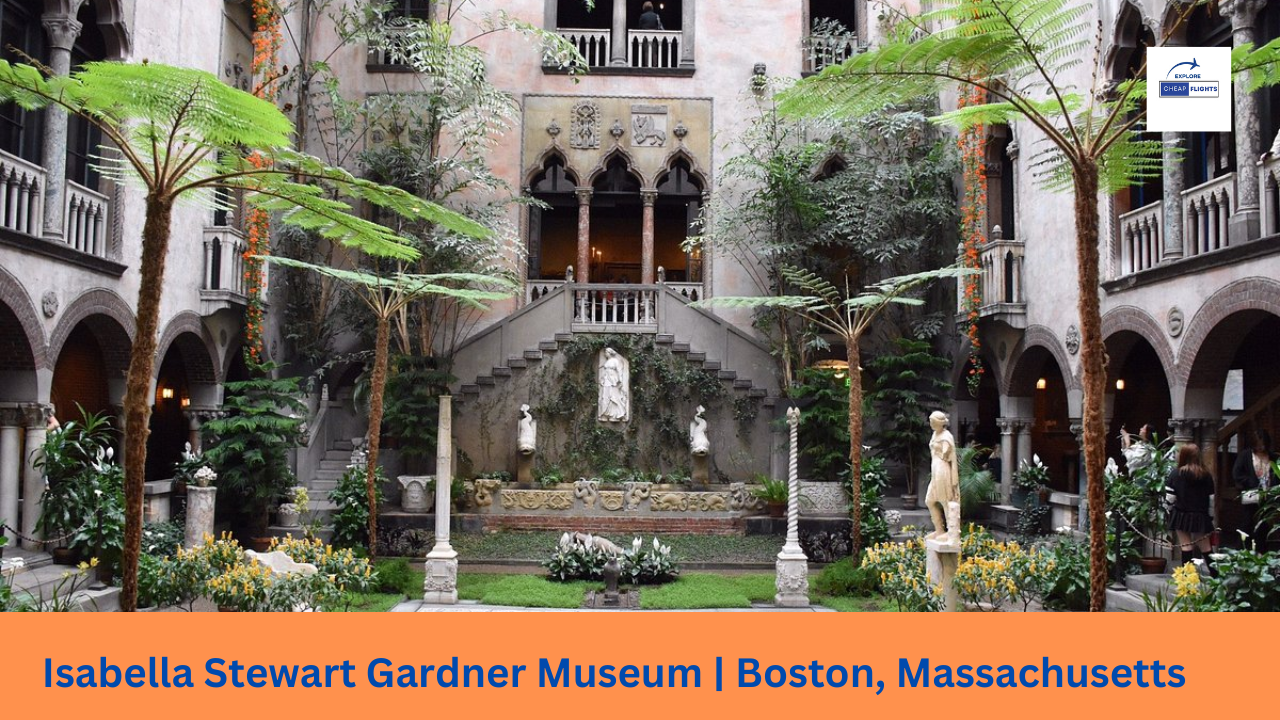
The indoor paradise anchors the museum and features beautiful vegetation that cycles every few months. Which make it an ideal location to relax after viewing the museum’s artwork. Each season provides a cause to visit, from chrysanthemums in November to festive-colored plants. In December to exotic orchids in the spring.
